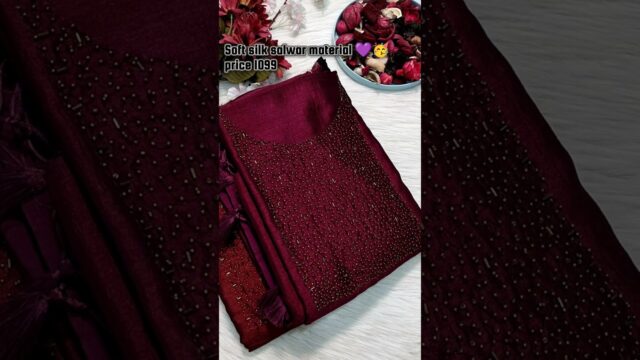Mesh Base Layers for Hiking: Staying Warm and Cool on the Trail
113KMesh Base Layers for Hiking: Staying Warm and Cool on the Trail
Hey there fellow hiker! If you’re like me, you love hitting the trails and immersing yourself in the great outdoors. But whether you’re trekking through snow-covered mountains or navigating hot and humid forests, staying comfortable is key to enjoying your adventure. That’s where mesh base layers come in. In this video, we’re going to explore how mesh base layers can help you stay warm and cool on the trail, no matter what conditions you encounter.
Let’s start by defining what exactly mesh base layers are. Essentially, they are a type of clothing that is designed to be worn next to the skin, serving as a foundational layer for your outdoor attire. Unlike traditional base layers, which are typically made of thick, insulating materials like wool or synthetic fleece, mesh base layers are constructed from lightweight, breathable fabrics that allow for maximum ventilation.
One of the key advantages of mesh base layers is their ability to regulate your body temperature. When you’re hiking, your body is constantly generating heat, which can lead to overheating if not properly managed. Mesh base layers help to wick away moisture from your skin, allowing it to evaporate more quickly and keep you cool and dry. This moisture-wicking property is especially beneficial during intense physical activity, when sweat can build up rapidly.
But staying warm is just as important as staying cool, especially when you’re facing harsh weather conditions or chilly temperatures. Mesh base layers excel in this area as well. By trapping a thin layer of air against your skin, these base layers provide a level of insulation without adding bulk or weight. This means you can stay warm without feeling weighed down or restricted in your movements.
Another benefit of mesh base layers is their versatility. Whether you’re hiking in the summer or winter, these base layers can adapt to the changing conditions. In hot weather, they help to keep you cool and dry, while in cold weather, they provide an extra layer of warmth without causing you to overheat. This adaptability makes mesh base layers a valuable addition to any hiker’s wardrobe.
When selecting a mesh base layer, there are a few key factors to consider. First and foremost, you’ll want to choose a fabric that is lightweight and breathable. Look for materials like merino wool, polyester, or nylon, which are known for their moisture-wicking properties and durability. It’s also important to pay attention to the fit of the base layer, ensuring that it is snug but not restrictive, allowing for a full range of motion.
Additionally, consider the thickness of the fabric. While a thinner base layer may be more suitable for warm weather hiking, a thicker base layer may be preferable in colder conditions. Some base layers also come with features like thumbholes or zippered vents, which can enhance their functionality and comfort on the trail.
Now, let’s talk about some specific scenarios where mesh base layers can make a real difference in your hiking experience. Imagine you’re hiking in the mountains on a warm summer day. The sun is beating down, and you’re working up a sweat as you climb to higher elevations. Without a mesh base layer, you might find yourself feeling sticky and uncomfortable, with sweat clinging to your skin and impeding your body’s natural cooling mechanisms.
But with a mesh base layer, you can stay dry and comfortable, even as the temperature rises. The breathable fabric wicks away moisture, allowing it to evaporate quickly and prevent overheating. And as you reach the summit and the cool mountain breeze kicks in, the base layer helps to trap heat close to your body, keeping you warm without causing you to sweat excessively.
Now, let’s switch gears and consider a winter hiking scenario. You’re trudging through deep snow, bundled up in layers of clothing to combat the cold. While staying warm is essential, you also need to manage your body’s heat and moisture to prevent overheating and sweating. This is where a mesh base layer can shine.
By wearing a mesh base layer under your insulated jacket, you create a breathable barrier that allows heat to escape and moisture to evaporate. This helps to regulate your body temperature and prevent you from getting too hot and sweaty. And if the weather suddenly turns milder or you start to exert more energy, the base layer can adapt by wicking away moisture and keeping you comfortable throughout your hike.
In conclusion, mesh base layers are a valuable addition to any hiker’s wardrobe. By providing a lightweight, breathable foundation for your outdoor attire, these base layers can help you stay warm and cool on the trail, no matter what conditions you encounter. Whether you’re hiking in the summer heat or winter chill, mesh base layers offer the versatility and comfort you need to enjoy your outdoor adventures to the fullest.
So next time you hit the trails, don’t forget to pack your mesh base layers. Your body will thank you for it!










